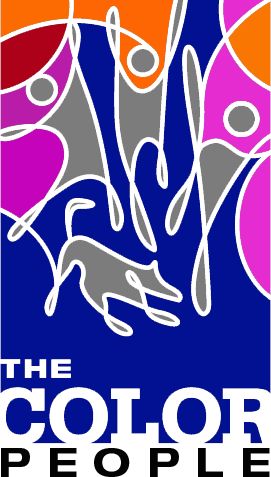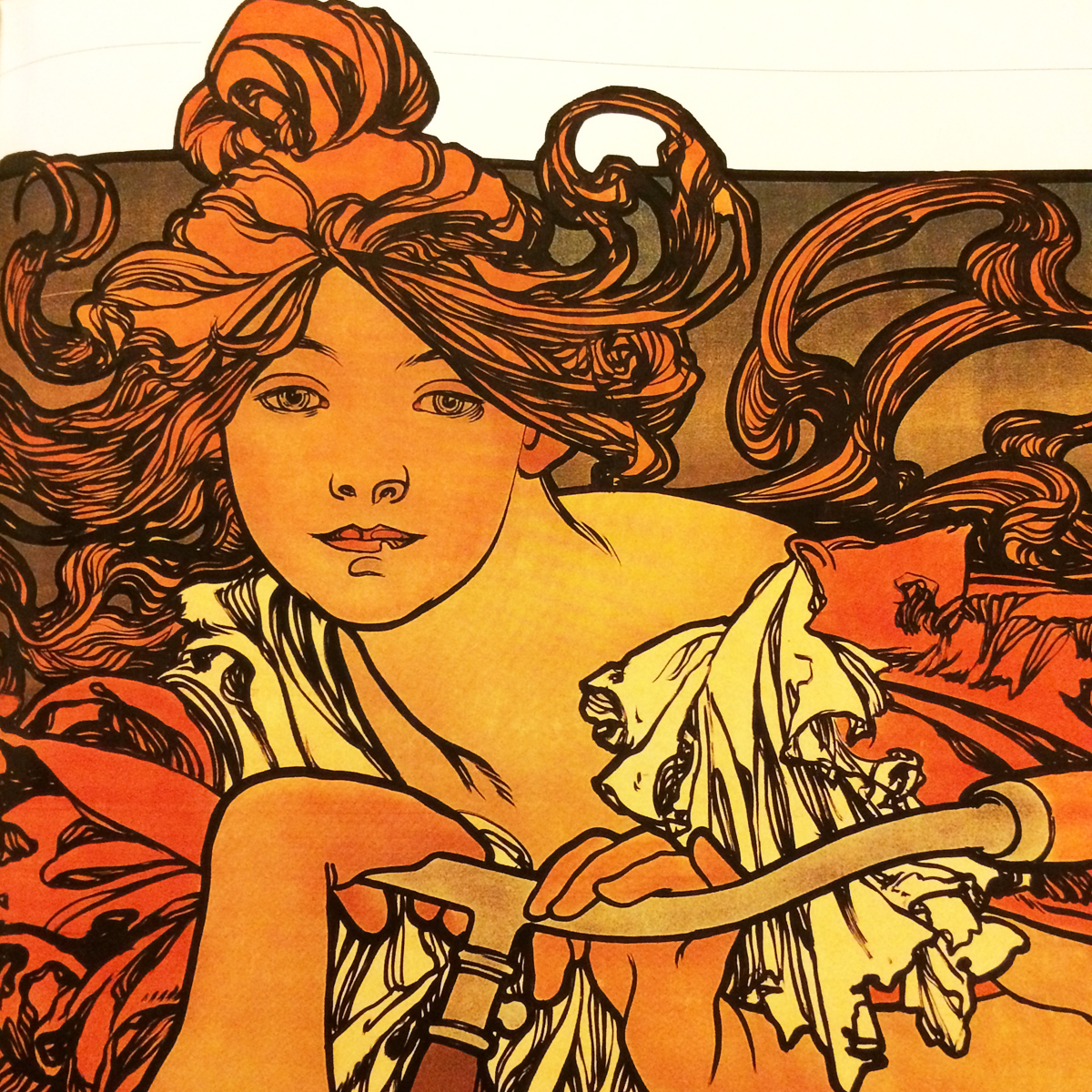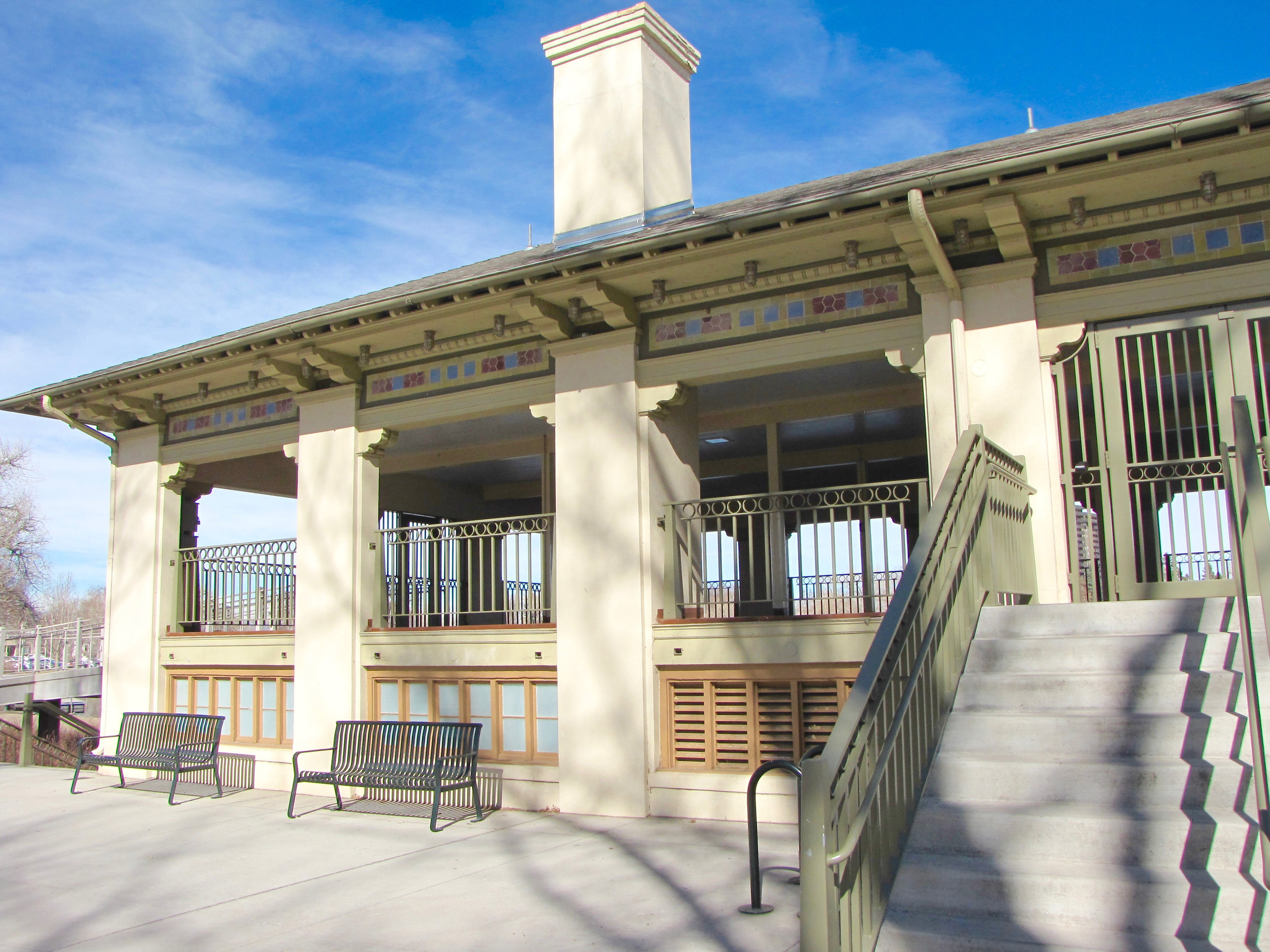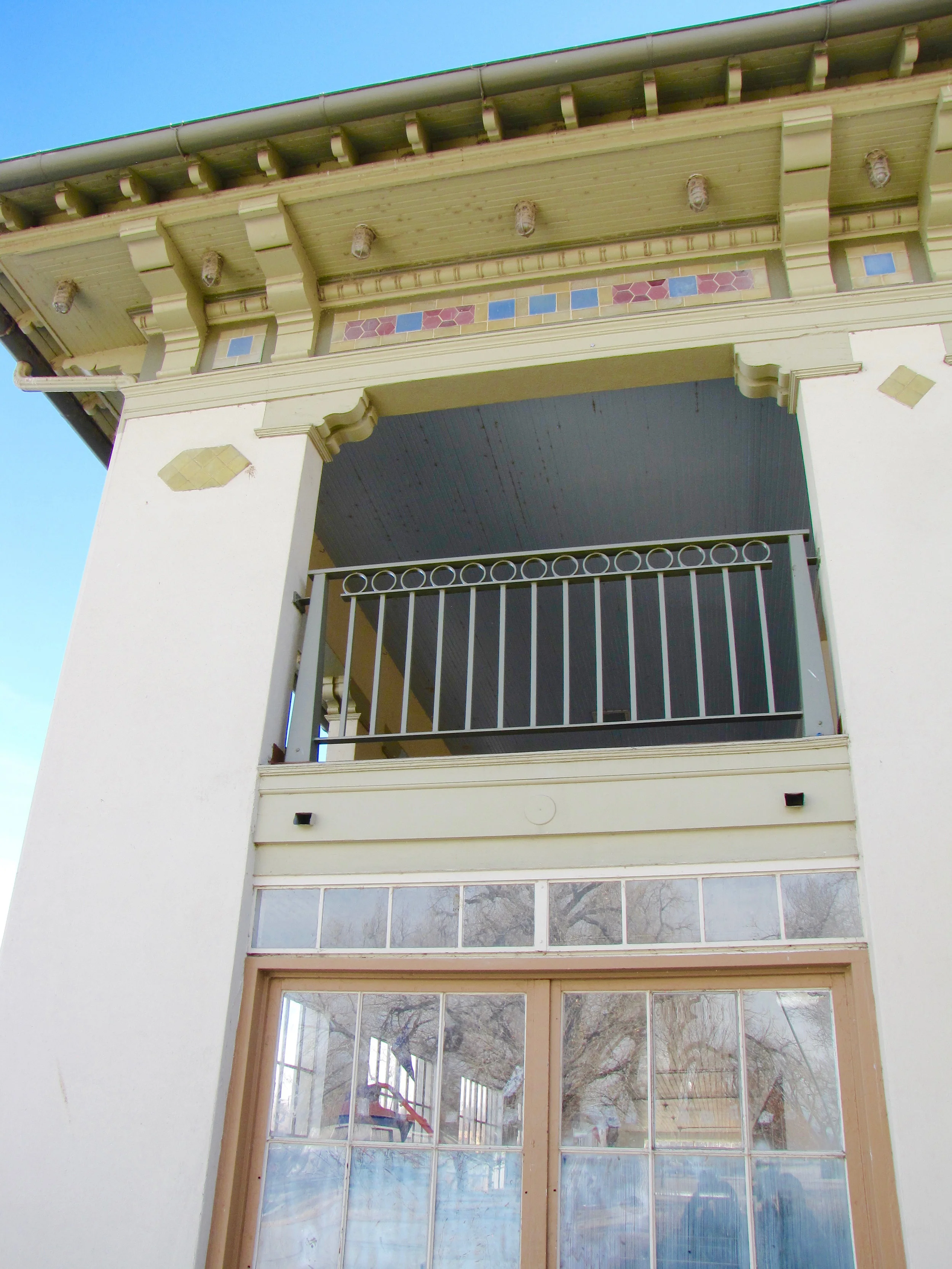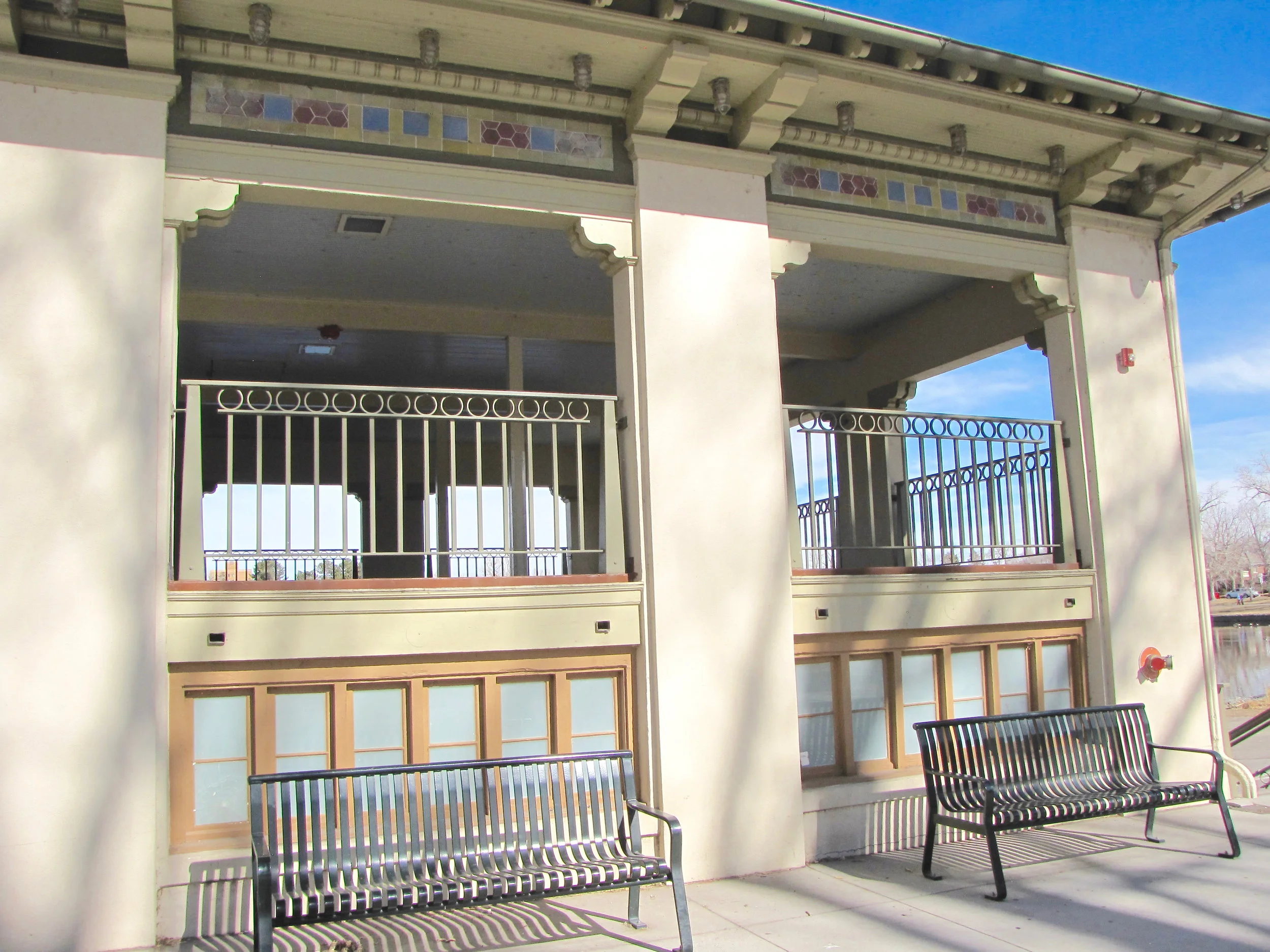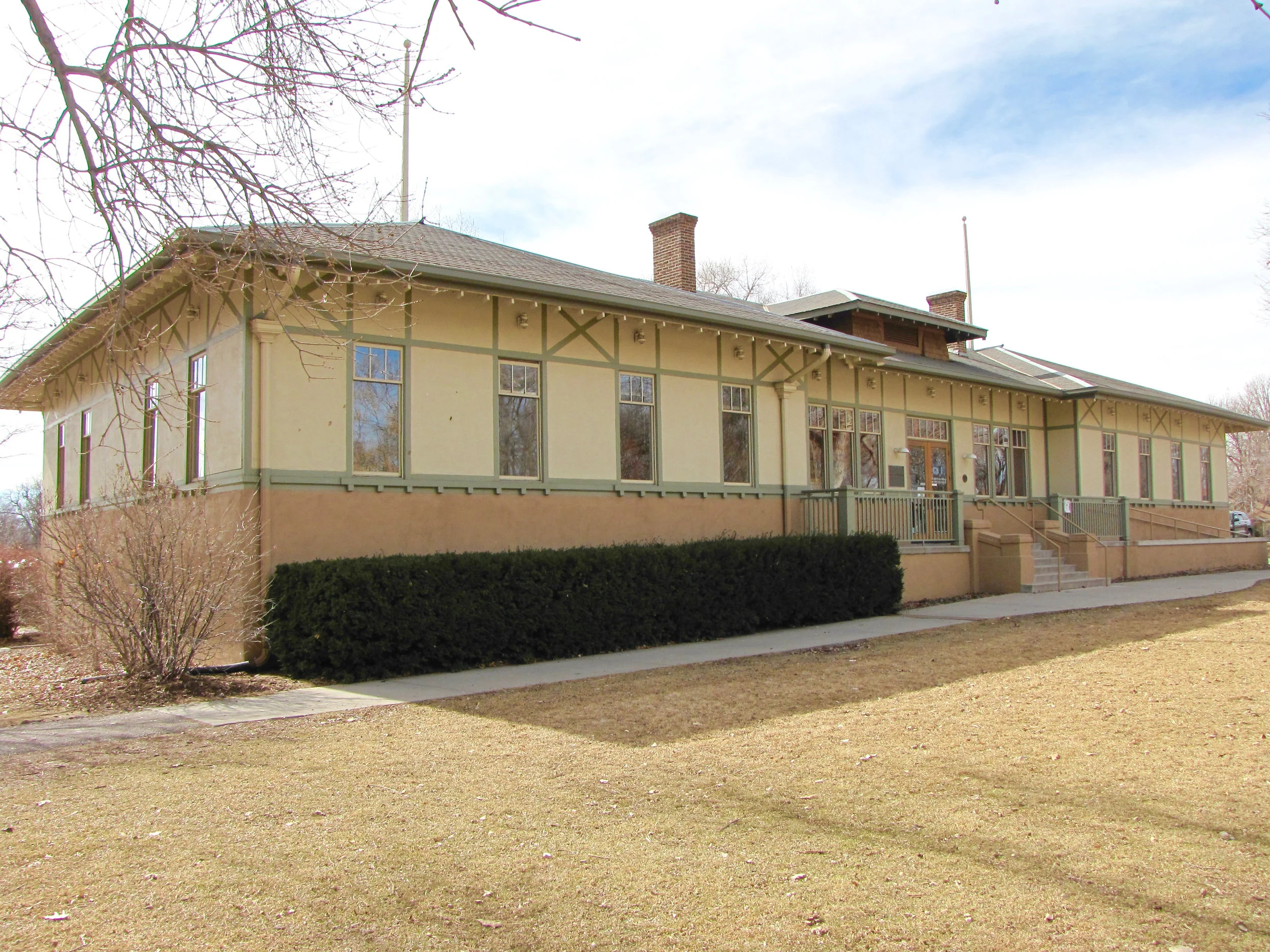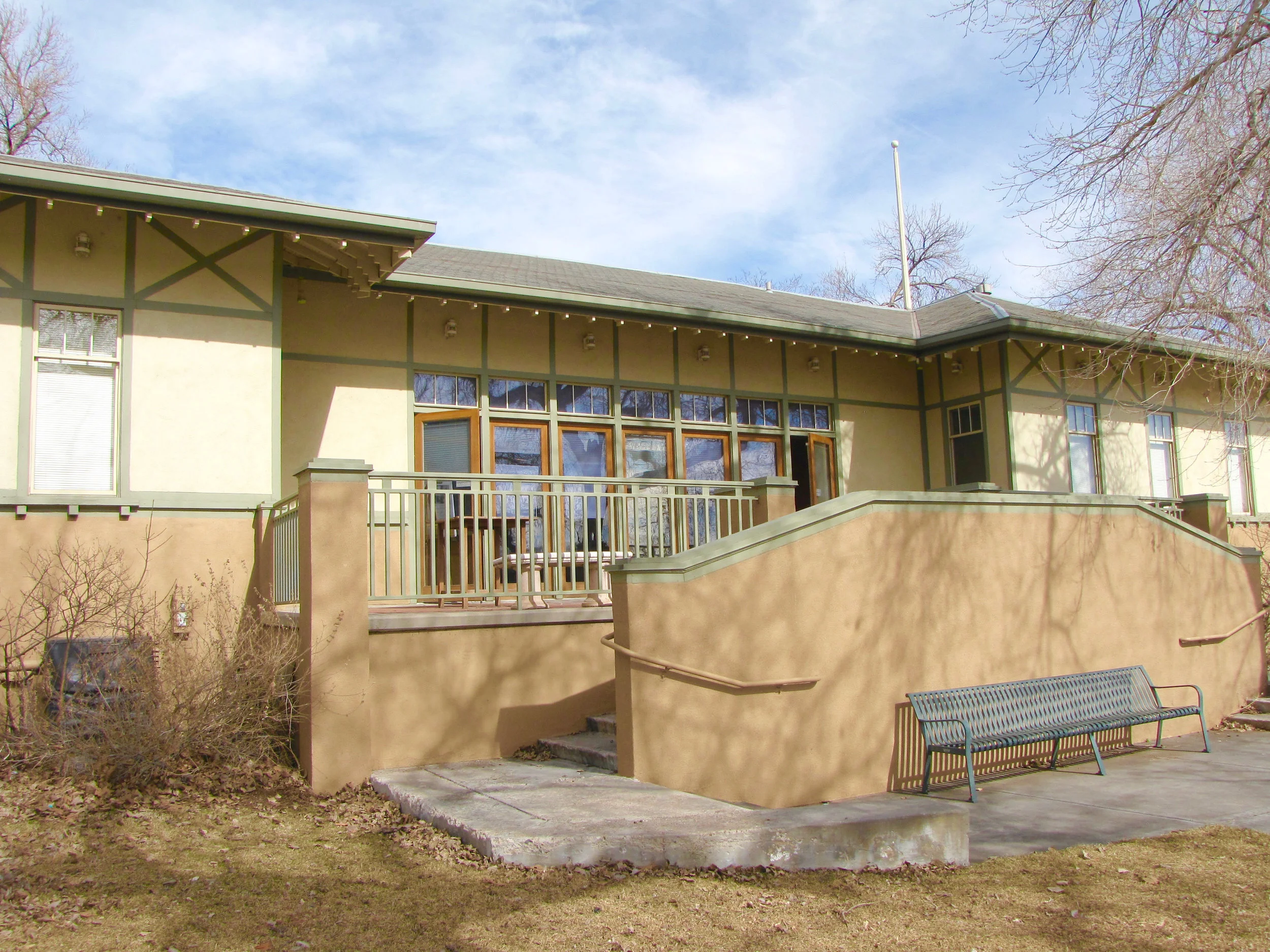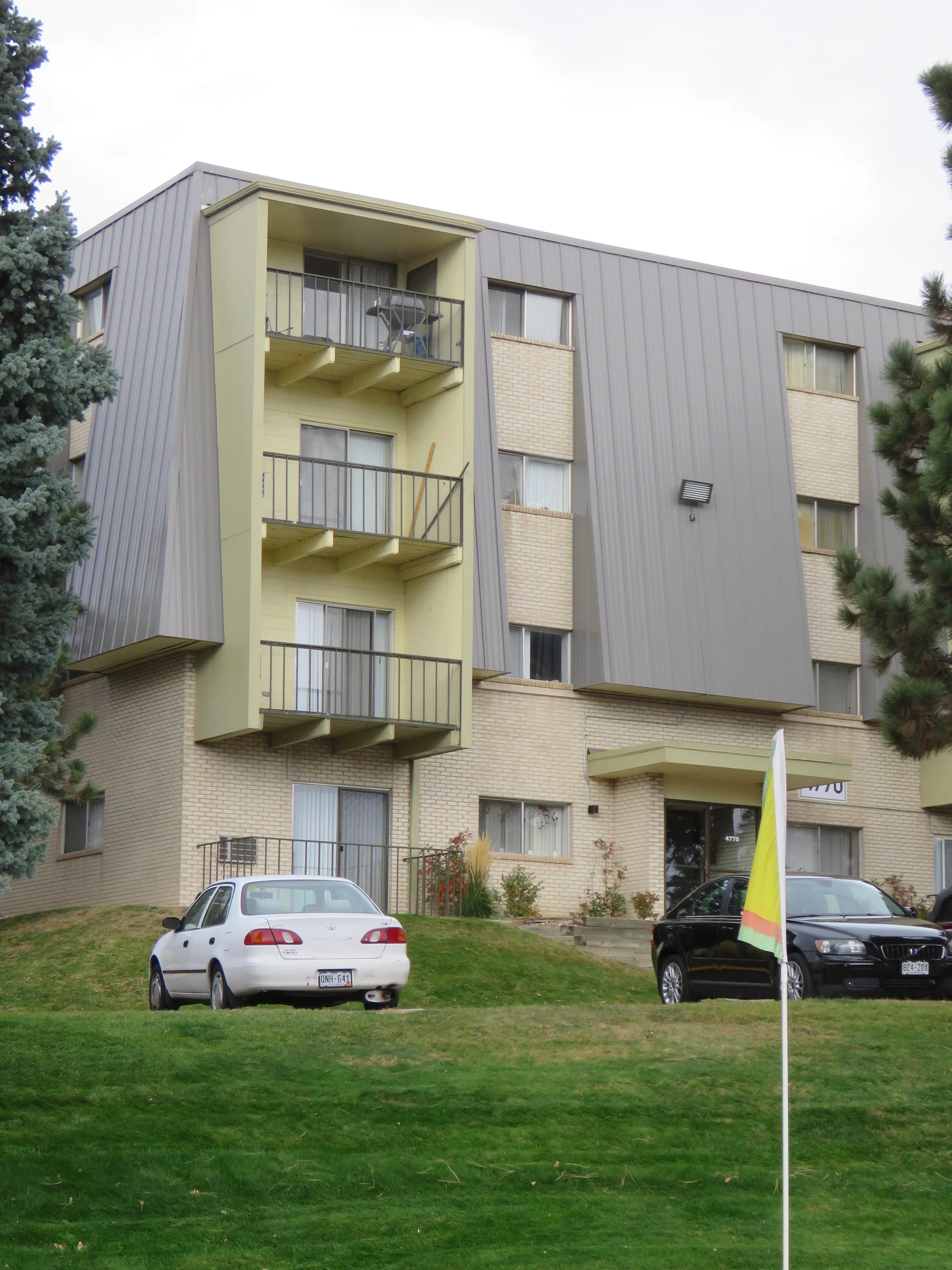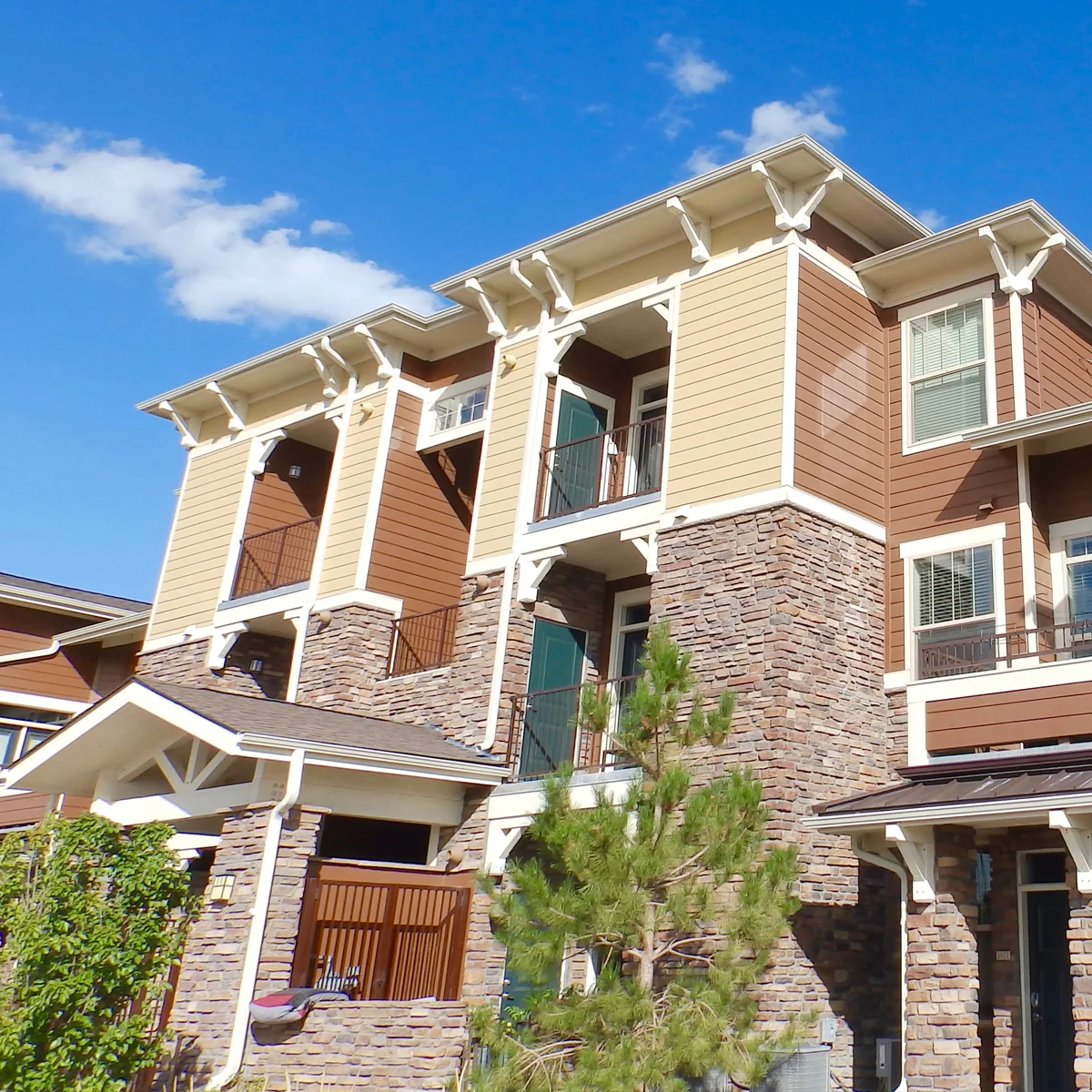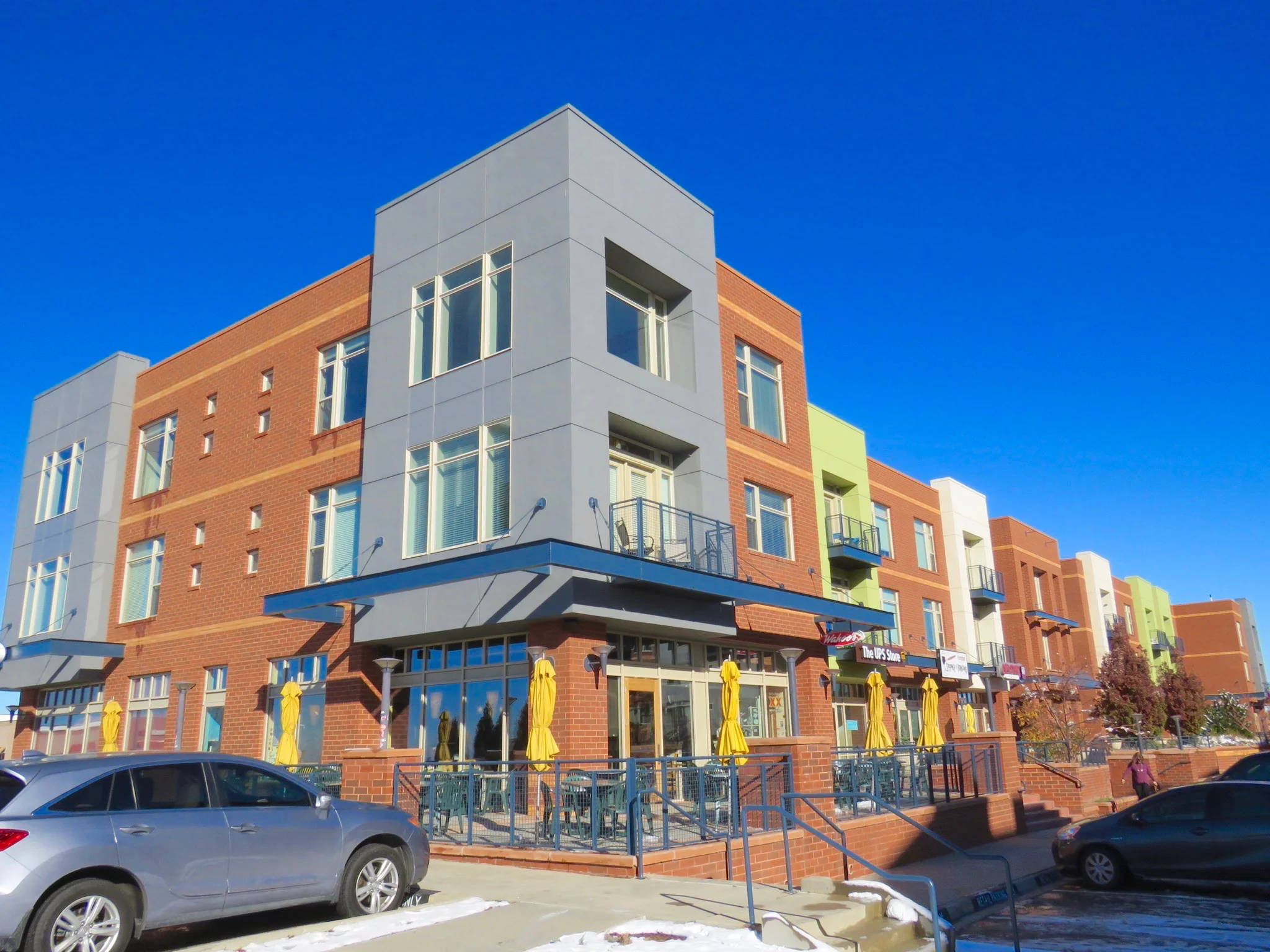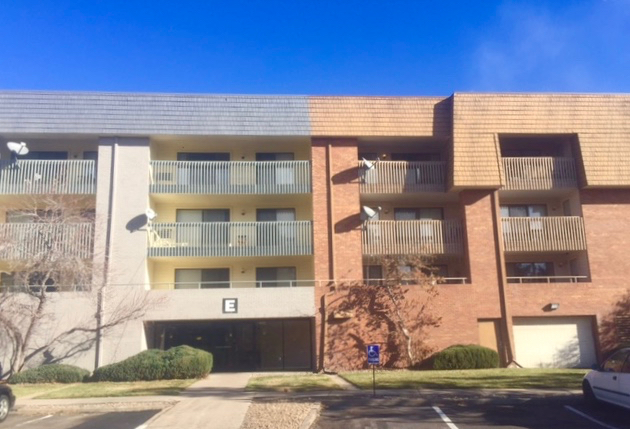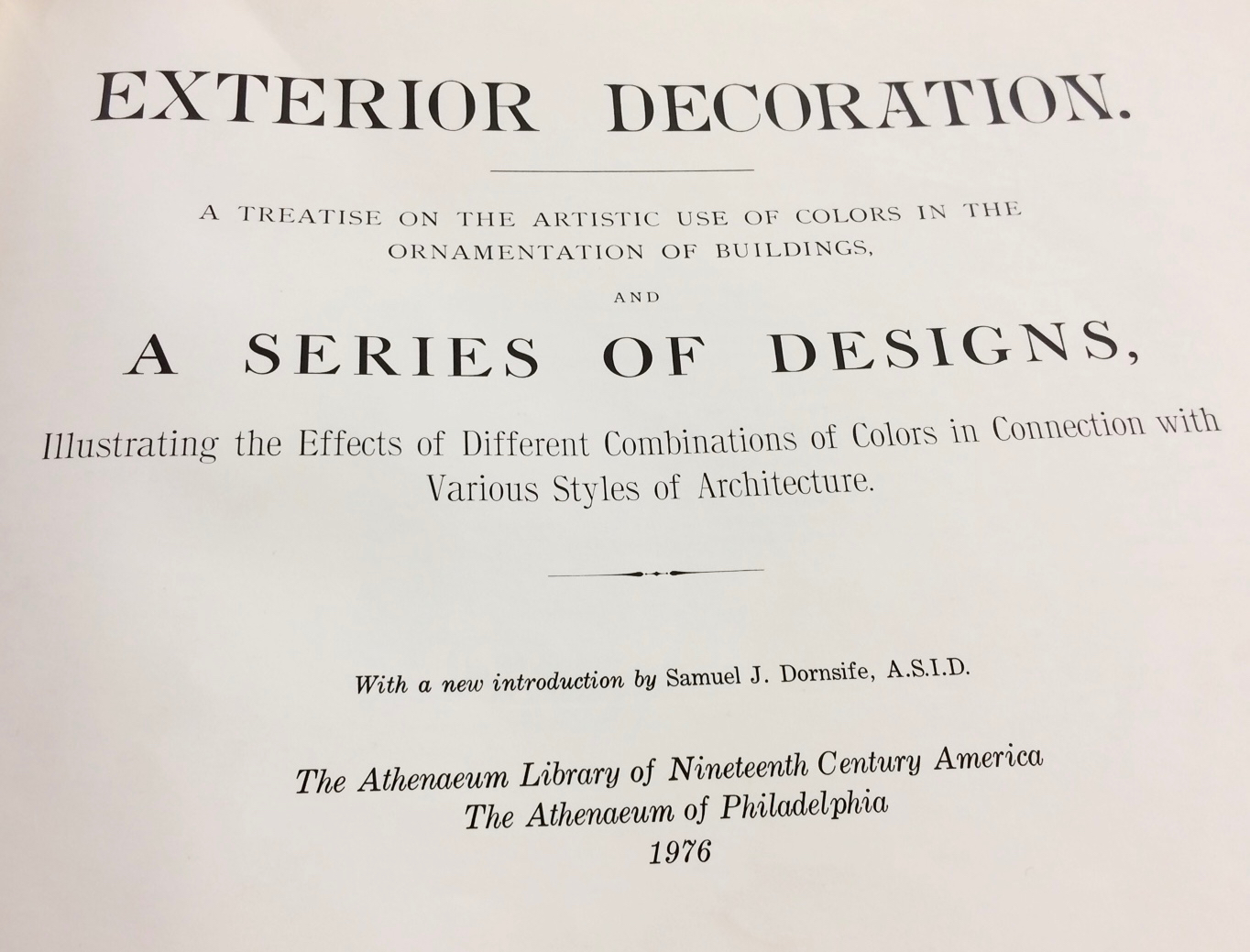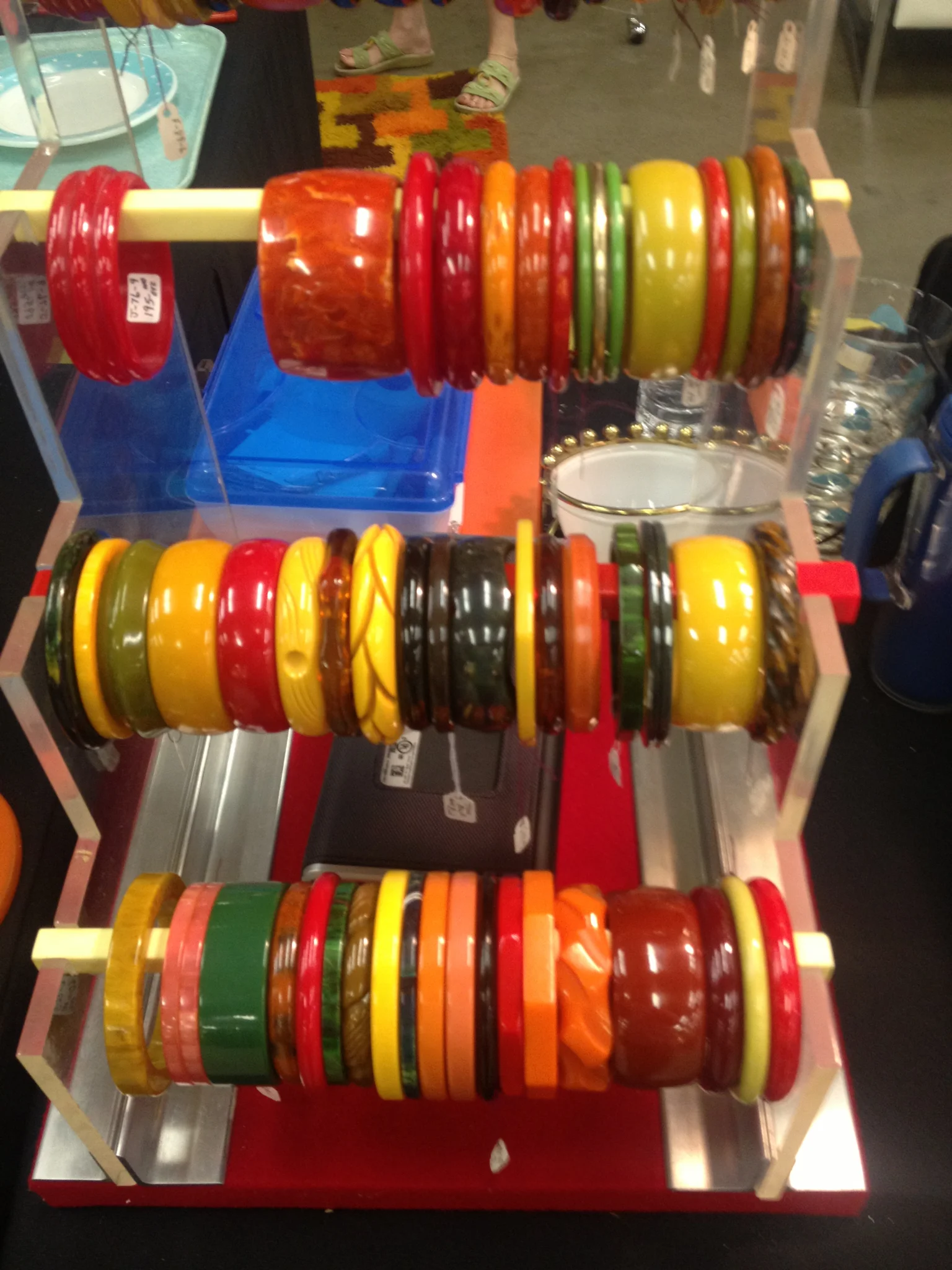As color consultants we are always looking to the latest information on trends and current marketing influencers. Our involvement with the premier international forecasting group, CMG (Color Marketing Group), is vital to staying aware and on top of what is happening not only in the design industry but also in every single trade that is creating or selling products period.
Just as relevant to our work as looking forward is—so too is looking back. We study architecture and design from decades and centuries past that has shaped our history and our modern day culture as well. Without the knowledge and appreciation of former styles, theories, practices and artistic language, how would we be able to build upon those examples—or know how or what to preserve?
Much of what has been lost in our aesthetic is due in part to an unwillingness to investigate our past. There is so much grace and beauty in the simple yet powerful use of proportion. The architects and designers of the Victorian era seemed to carry this innate sense of balance and proportion throughout their work in ways we no longer pay attention to in many cases. This example highlights the value of not only being educated in the history of our arts but also being conscious of our design decisions moving forward.
We have the right and privilege to design, build and shape our future. We therefore must also work to preserve, advocate and educate—the three pillars to sustaining and strengthening our communities, as Historic Denver promotes in their mission statement. We have been a part of this local organization for many years. We are included in their resource list of trusted and qualified tradespeople helping others to preserve and sustain valuable buildings around Denver.
Another equally important resource to our city is Discover Denver who has partnered with Historic Denver in helping to identify buildings that are significant historically, architecturally and culturally. They are building a citywide survey that will help tell Denver's story. We believe this to be a very worthy cause and we appreciate everyone involved in these efforts. The Color People has provided architectural color consulting services for many of these important buildings and we continue to be involved in designing exterior color schemes for historic spaces all over the city of Denver, the state of Colorado and many other states nationwide.
